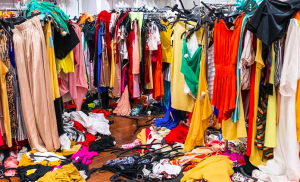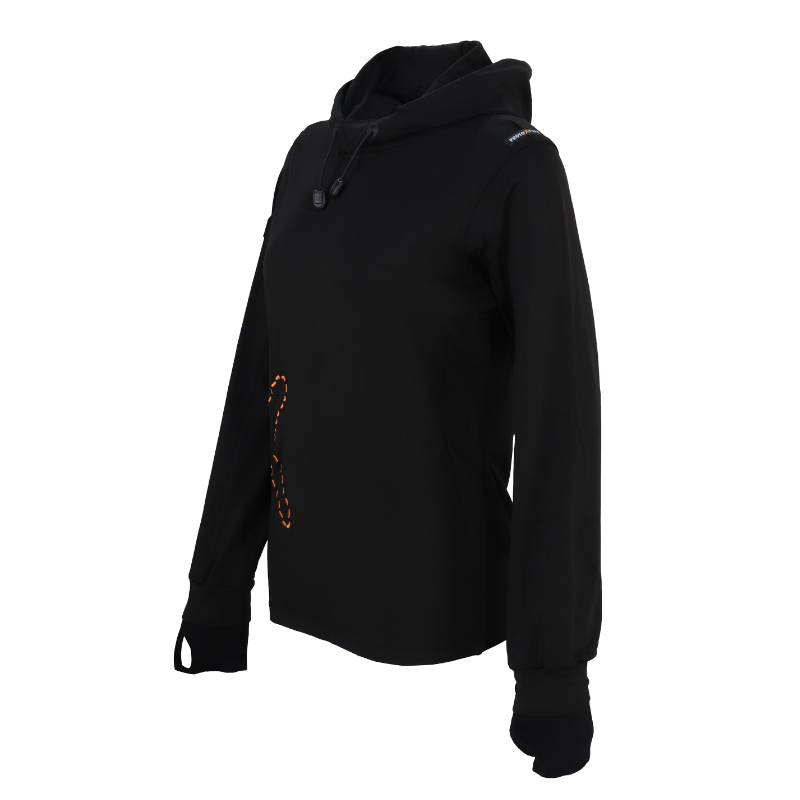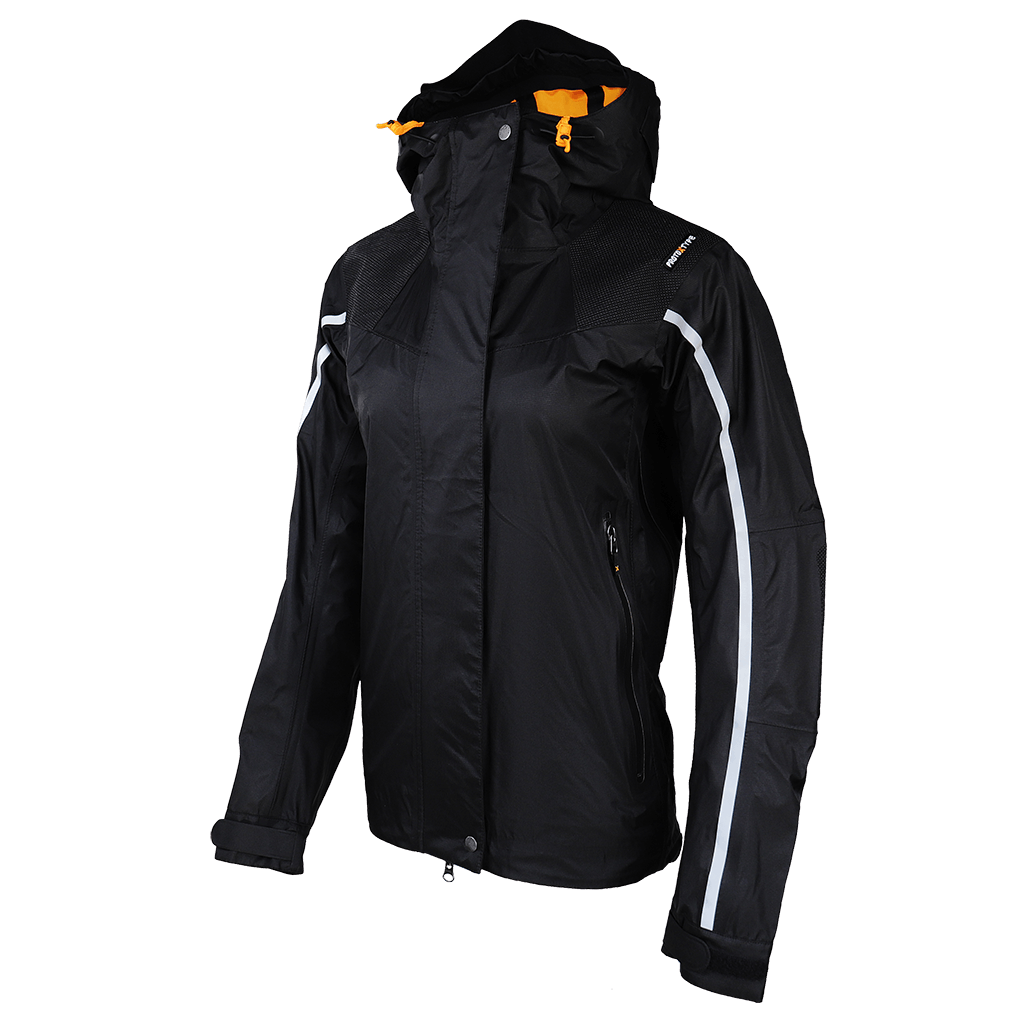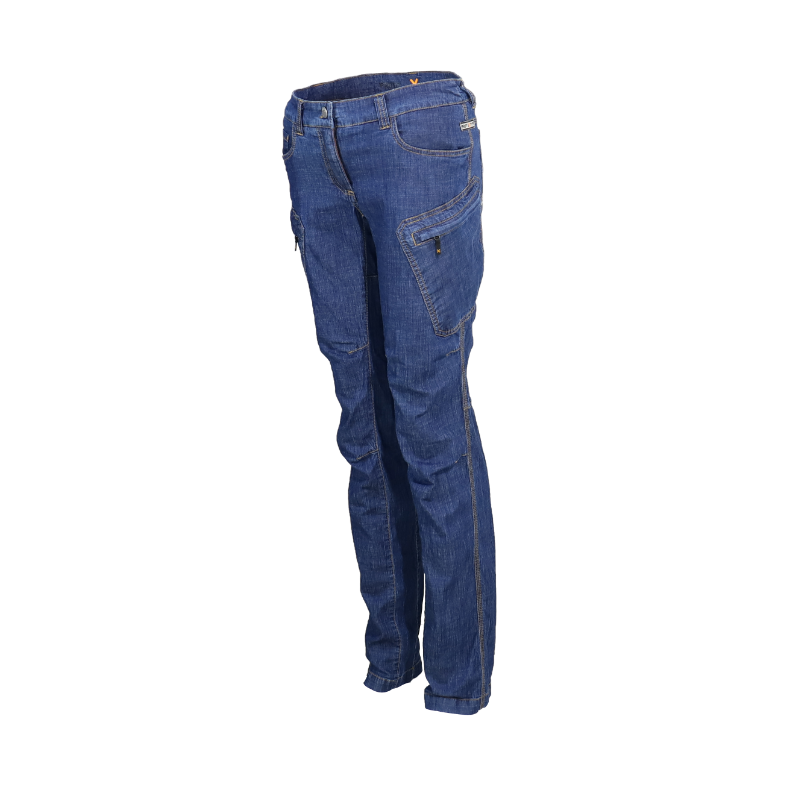
Most of us have bought at least one item of clothing in a large chain: how can you resist the possibility of renewing your wardrobe often? Especially if this means having the illusion of being always more or less fashionable and without having to spend a fortune?
However, have you ever wondered, how is it possible to have these garments so quickly and at a low price?
This is fast fashion!
Fast fashion was born in New York in 1989, when Zara created a new way of doing business: a couple of weeks were enough for an entire new collection to arrive in the stores, just to be replaced 15 days later.
Today, this unsustainable production method is replicated by several fashion chains, active all over the world.
Allowing to produce at low, or even very low cost, means devaluing some very important aspects of the supply chain, such as the choice of materials, but also working conditions or staff wages.

The first to pay the low prices of these garments to the public are the workers, usually women or children, who are often underpaid, and forced to work in difficult conditions.
Another problematic aspect of fast fashion is the environmental impact: in this context, in fact, fabrics and materials are chosen for their low cost. The quality and the environmental damages caused by the manufacture of these textiles are not taken into consideration. An example is the use of pesticides during cotton cultivation, which pollute rivers and soils. Another one are toxic dyes or various harmful finishing substances that have a strong environmental impact.
Not to mention the damage that these materials and accessories could create to the health of the final consumer.
Another sore point is the enormous production of waste. Since fast fashion leads the final consumer to think that clothes are “disposable”, more and more garments are discarded after being worn just a couple of times.
And we must also take into account the large amount of unsold garments and unwanted goods, which are replaced by the new collection in a very short time: sometimes even too quickly for the demand.
As consumers, we have the power to make some choices to limit this waste and discourage this pattern of consumption: during our purchases, we should ask ourselves if that garment is really essential, of if we prefer to rent it as we would never wear it again. We should reuse more, choose sustainable brands, or maybe buy second-hand things more often.
Each of us can do something to save the Planet: the future of all of us depends on our individual choices.
In our shop you can find clothing casual and technical sportswear eco-sustainable






Still Very Reggiani SA 21 Besazio St. ,6863 Besazio (CH) | +41 91 641 70 00 | CHE-115.707.994